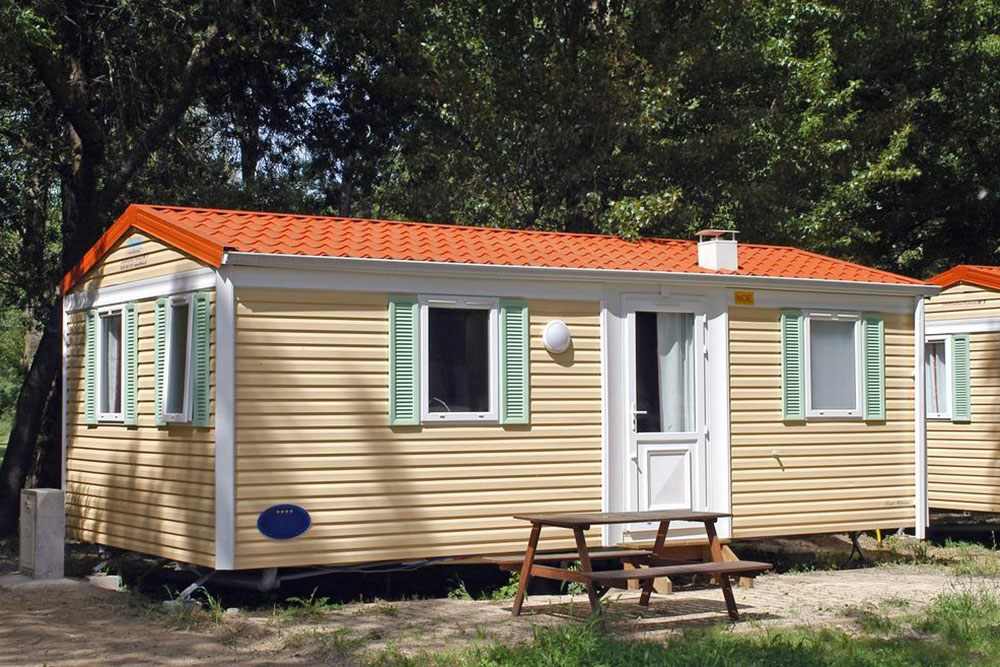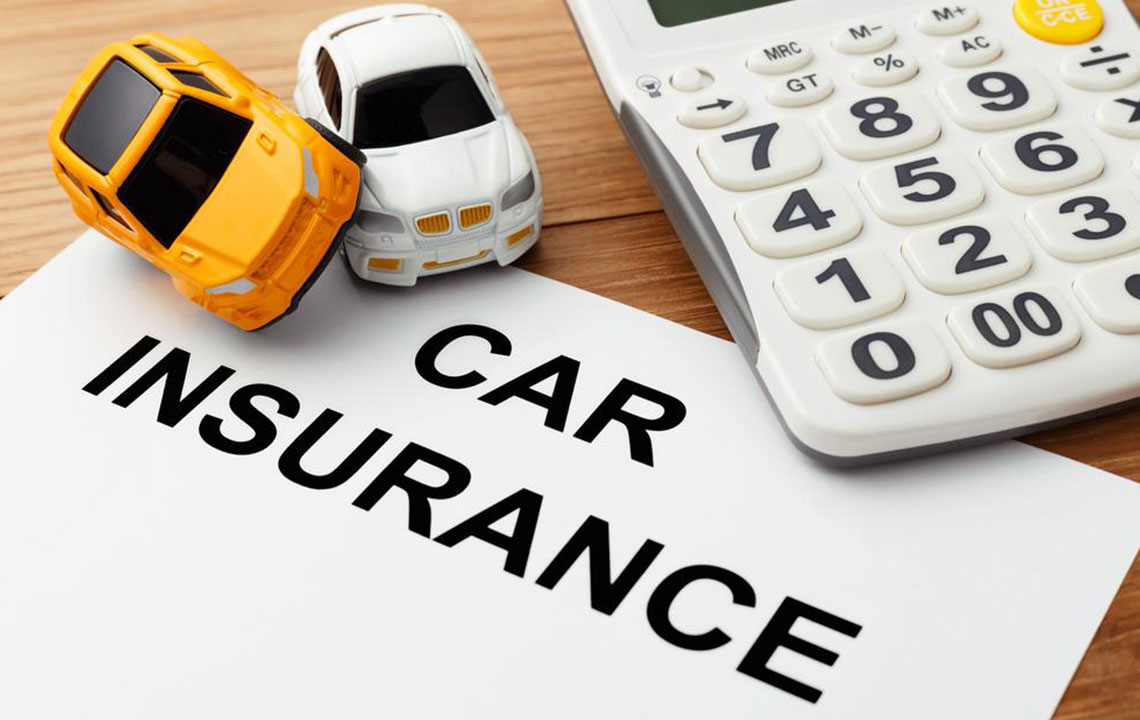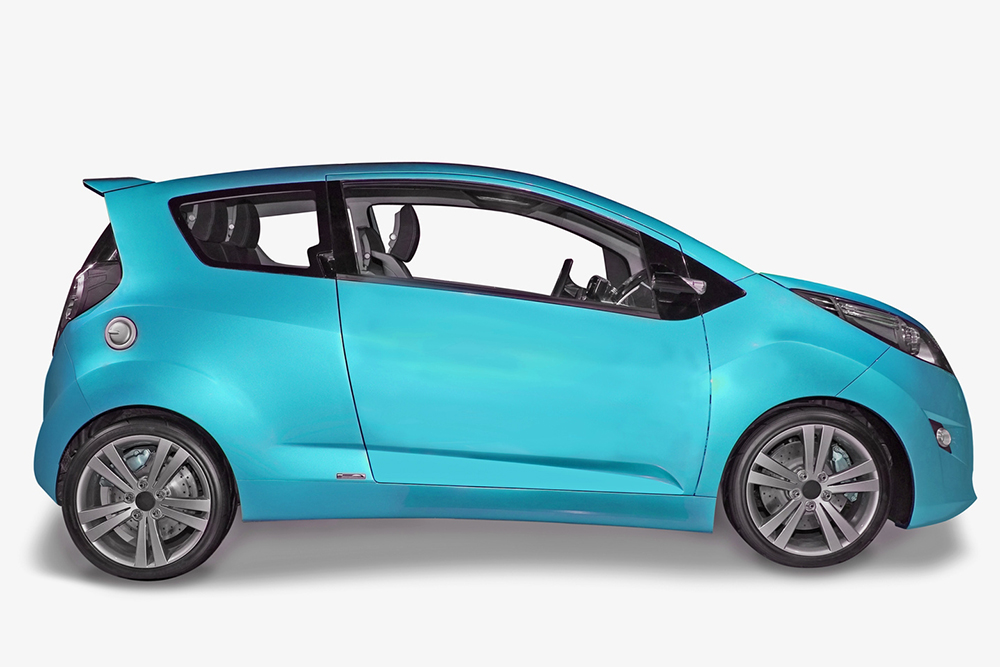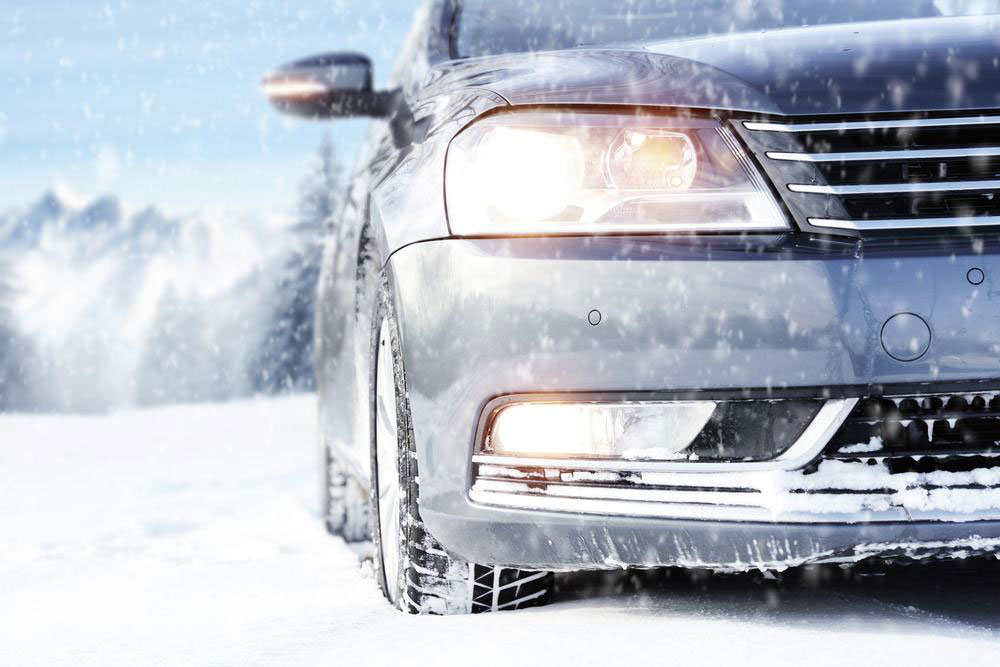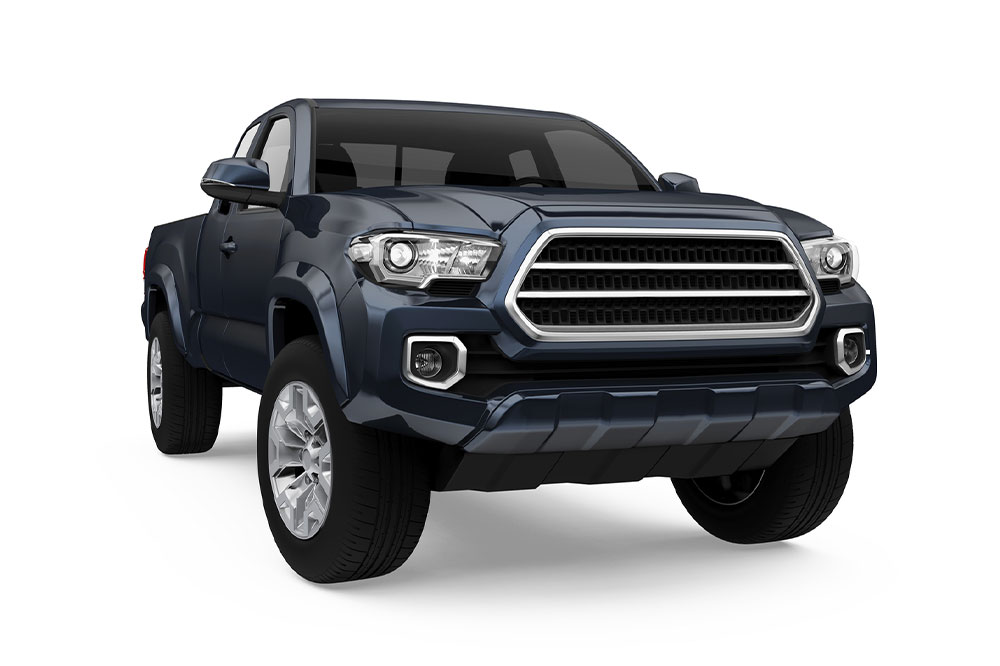Essential Guide to ATV Insurance Requirements and Coverage
Learn everything about ATV insurance, including coverage options like collision, comprehensive, liability, and optional add-ons. Discover what’s excluded, safety tips, and how to choose the right policy for your off-road adventures. This guide helps ATV owners understand legal requirements and protect their vehicles with suitable insurance plans, ensuring a safe and lawful ride whether on private property or trails.
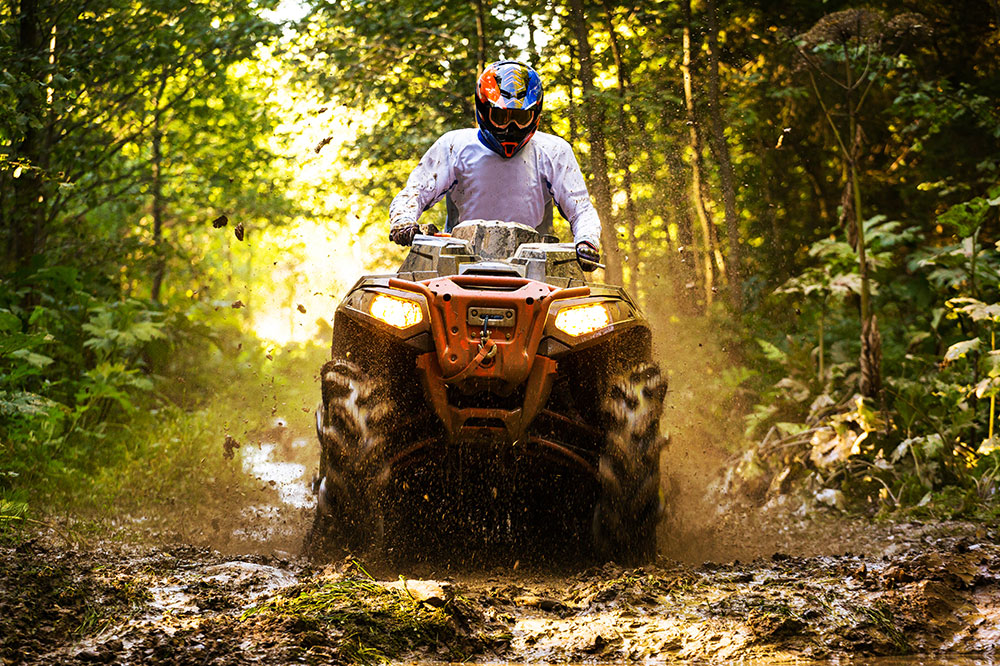
Essential Guide to ATV Insurance Requirements and Coverage
An All-Terrain Vehicle (ATV), also called a four-wheeler or quad, is a motorized vehicle designed for off-road use. Just like safety protocols for riding, ATV insurance is crucial to protect your investment and comply with laws. Many trails and parks require proof of insurance to ride legally. Whether on personal property or off-road, having proper coverage prevents legal and financial troubles. Understanding the various coverages helps you choose the right plan for your needs.
What does ATV insurance include?
Collision coverage: This covers repairs if your ATV is damaged in a collision or flip. It involves deductibles, so consulting an expert helps determine the appropriate amount. If your ATV is low-valued, this coverage may be optional, saving costs.
Comprehensive coverage: This protects against theft, vandalism, fire, floods, or natural disasters damaging your ATV. Like collision coverage, it has deductibles, and claims reimburse the vehicle's value. If your ATV’s worth is low, you might choose to exclude this optional coverage after discussing with your insurer.
Liability for bodily injury: This provides compensation for injuries caused to others in an accident involving your ATV. It also covers legal fees resulting from lawsuits. Typically, there are per-person limits, and consulting an insurance agent helps clarify these thresholds.
Property damage liability: This covers damage caused to others’ property, such as homes or personal belongings. Usually, the claim limits are equal to or less than bodily injury limits, ensuring damages are covered up to a defined amount.
Medical payments: This optional coverage handles medical expenses for injuries sustained by riders, including ambulance and hospital charges. It’s available with many insurers.
Uninsured/underinsured motorist: If you’re injured due to another driver lacking proper insurance, this coverage helps cover your costs. Many riders overlook it, but it provides important protection against others’ negligence. It is generally an optional add-on.
What is not covered by ATV insurance?
ATVs are generally used for recreation or transportation on private property. Insurance typically excludes damages incurred during organized racing events. For racing, specialized policies are available from certain providers to cover such activities.
Guidelines for ATV riders
Most ATVs are designed for a single rider; avoid overloading.
Keep within weight limits to ensure safety.
Only owners should operate the ATV, as they are responsible for any accidents.
Avoid riding under influence of alcohol or drugs.
Secure your ATV to prevent theft or unauthorized use.
Riding on highways or main roads is generally prohibited; check local laws for exceptions.
Contact local insurance providers to compare policies and get the best coverage for your ATV. Proper insurance ensures safety and compliance, making riding more secure and enjoyable.


